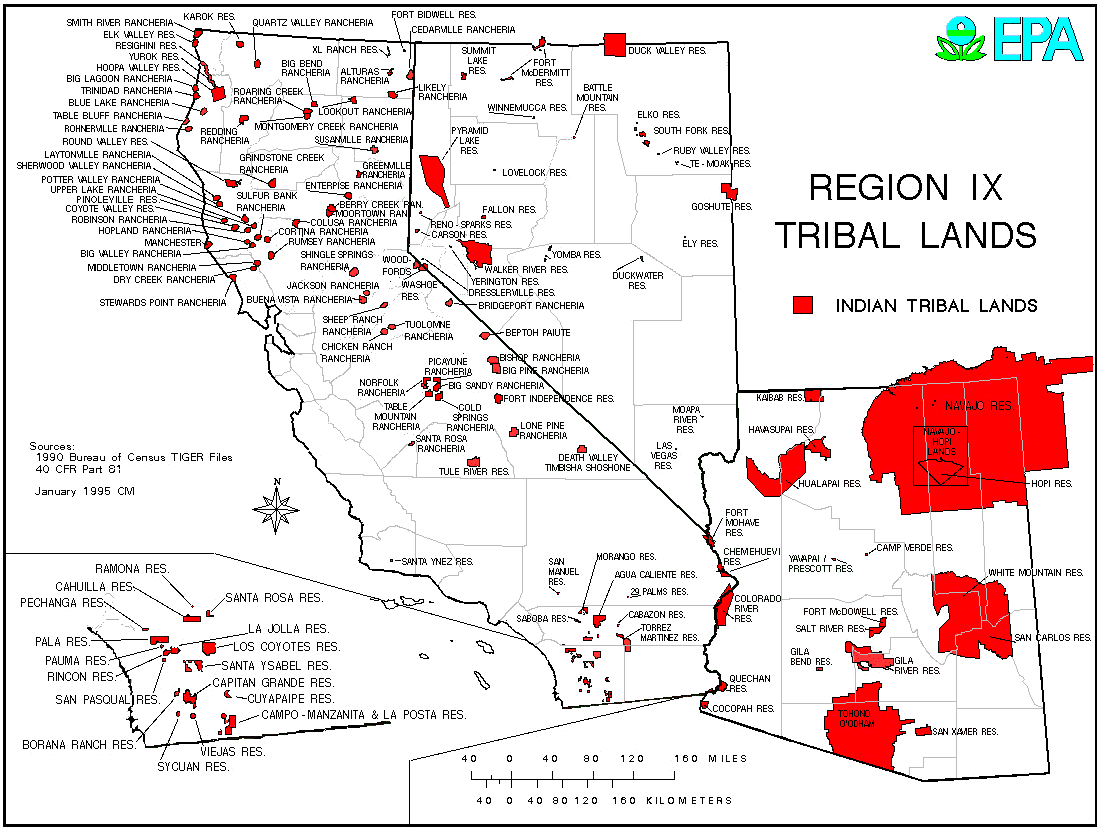Flagstaff’s Hidden Tapestry: Unraveling the Rich Threads of Indigenous Culture
Flagstaff’s Hidden Tapestry: Unraveling the Rich Threads of Indigenous Culture

Flagstaff, Arizona, is known for its breathtaking scenery, crisp mountain air, and vibrant arts scene. But beneath the surface of this popular tourist destination lies a rich and complex tapestry of Indigenous culture, woven from the threads of history, tradition, and resilience.
For centuries, the land now known as Flagstaff has been home to a diverse array of Native American tribes, each with its own unique story and legacy. From the Hopi and Navajo, who have inhabited the region for generations, to the Yavapai and Apache, who have left their indelible mark on the landscape, Flagstaff’s Indigenous heritage is both ancient and vibrant.
Related Articles: Flagstaff’s Hidden Tapestry: Unraveling the Rich Threads of Indigenous Culture
- Uncover hidden gems: A journey to indian reservations near Livingston, TX
- Unraveling the Enchanting World of Indian Reservations in Sedona, Arizona
- Unveiling the Truth: Indonesia's Economic Crossroads in 2023
- Unveiling the Flavors of India: A Culinary Journey through Jakarta Selatan
- From Powwows To Protest: Exploring Indian Reservations On YouTube
A Glimpse into the Past: The Stories in the Land
The very name "Flagstaff" itself speaks to the region’s Native American history. It’s believed to have originated from a tall flagpole erected by early European settlers, used as a landmark for travelers. However, long before the arrival of settlers, the land was dotted with ancient villages, sacred sites, and intricate irrigation systems, testaments to the ingenuity and resourcefulness of its Indigenous inhabitants.
The Hopi, known for their vibrant pottery, intricate kachina dolls, and elaborate ceremonies, have a deep connection to the land. Their mesas, perched atop the Colorado Plateau, are not just geographical features but sacred spaces imbued with spiritual significance. The Navajo, known for their masterful weaving, silversmithing, and storytelling, have long thrived in the vast expanse of the Navajo Nation, their traditions deeply intertwined with the land’s natural resources and spirituality.
Living Heritage: The Spirit of Tradition Endures
While the past casts a long shadow, Indigenous culture in Flagstaff is far from static. It’s a living, breathing entity, passed down through generations, adapting to the changing times while holding onto its core values and traditions.
The Hopi continue to practice their ancient ceremonies, like the Snake Dance, a powerful ritual meant to ensure the well-being of their crops and the community. The Navajo, known for their resilience and self-sufficiency, continue to weave intricate tapestries, create stunning silver jewelry, and share their rich oral traditions through storytelling and song.
A Tapestry Woven with Threads of Resilience
The story of Flagstaff’s Indigenous people is not one of unfettered success. It’s a story of resilience, of adaptation, and of enduring spirit. Throughout history, they have faced challenges, from colonization and forced assimilation to the loss of traditional lands and resources. Yet, they have persevered, holding onto their cultural identity and fighting for their rights.

Today, Indigenous communities in Flagstaff are actively engaged in preserving their heritage and ensuring its future. They are working to revitalize their languages, promote cultural awareness, and create opportunities for economic self-sufficiency.
Experiencing the Tapestry: A Journey of Discovery
For visitors to Flagstaff, exploring the city’s Indigenous culture is an enriching and unforgettable experience. Here are some ways to connect with the region’s rich heritage:
- Visit the Museum of Northern Arizona: This renowned museum boasts a vast collection of Native American artifacts, showcasing the artistry, traditions, and history of the region’s diverse tribes.
- Explore the Navajo Nation: Immerse yourself in the vast landscape of the Navajo Nation, visiting iconic landmarks like Monument Valley and Canyon de Chelly, and witnessing the beauty of traditional Navajo weaving and silversmithing.
- Attend a powwow: Witness the vibrant energy and beauty of a traditional powwow, a celebration of Indigenous culture through dance, song, and storytelling.
- Support local Indigenous businesses: From art galleries showcasing Native American artwork to restaurants serving traditional dishes, supporting local Indigenous businesses helps preserve their culture and economic well-being.

Beyond the Tourist Trail: A Deeper Understanding

It’s important to remember that Indigenous culture is not simply a tourist attraction. It’s a living, breathing entity, and it’s crucial to approach it with respect and sensitivity. Avoid using culturally insensitive language or engaging in practices that exploit or misrepresent Indigenous traditions.
Instead, seek to learn from the people who have lived on this land for generations. Engage in respectful conversations, listen to their stories, and learn from their wisdom.
FAQ about Flagstaff’s Indigenous Culture
Q: What are the main Indigenous tribes in Flagstaff?
A: Flagstaff is home to several tribes, including the Hopi, Navajo, Yavapai, and Apache. Each tribe has its unique history, traditions, and culture.
Q: How can I learn more about Flagstaff’s Indigenous history?
A: The Museum of Northern Arizona is a great resource, offering exhibits, workshops, and educational programs about the region’s Indigenous heritage.
Q: Are there any Indigenous-owned businesses in Flagstaff?
A: Yes, there are several Indigenous-owned businesses in Flagstaff, offering everything from art and jewelry to food and hospitality.
Q: How can I be respectful of Indigenous culture?
A: Avoid using culturally insensitive language, learn about the history and traditions of the local tribes, and support Indigenous-owned businesses and organizations.
Q: What are some ways to celebrate Indigenous culture in Flagstaff?
A: Attend powwows, visit tribal museums, explore the Navajo Nation, and support local Indigenous artists and businesses.
By understanding and appreciating the rich tapestry of Flagstaff’s Indigenous culture, we can foster a deeper connection to the land and its people, ensuring that the stories of the past continue to inspire and shape the future.

Closure
Thus, we hope this article has provided valuable insights into Flagstaff’s Hidden Tapestry: Unraveling the Rich Threads of Indigenous Culture. We thank you for taking the time to read this article. See you in our next article!

